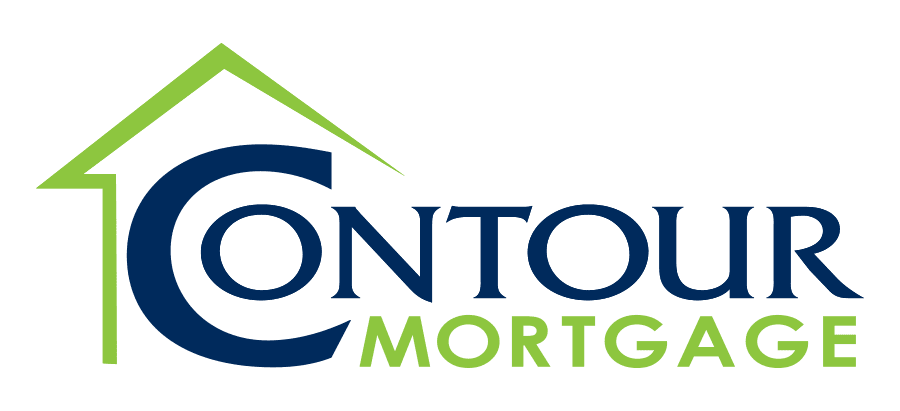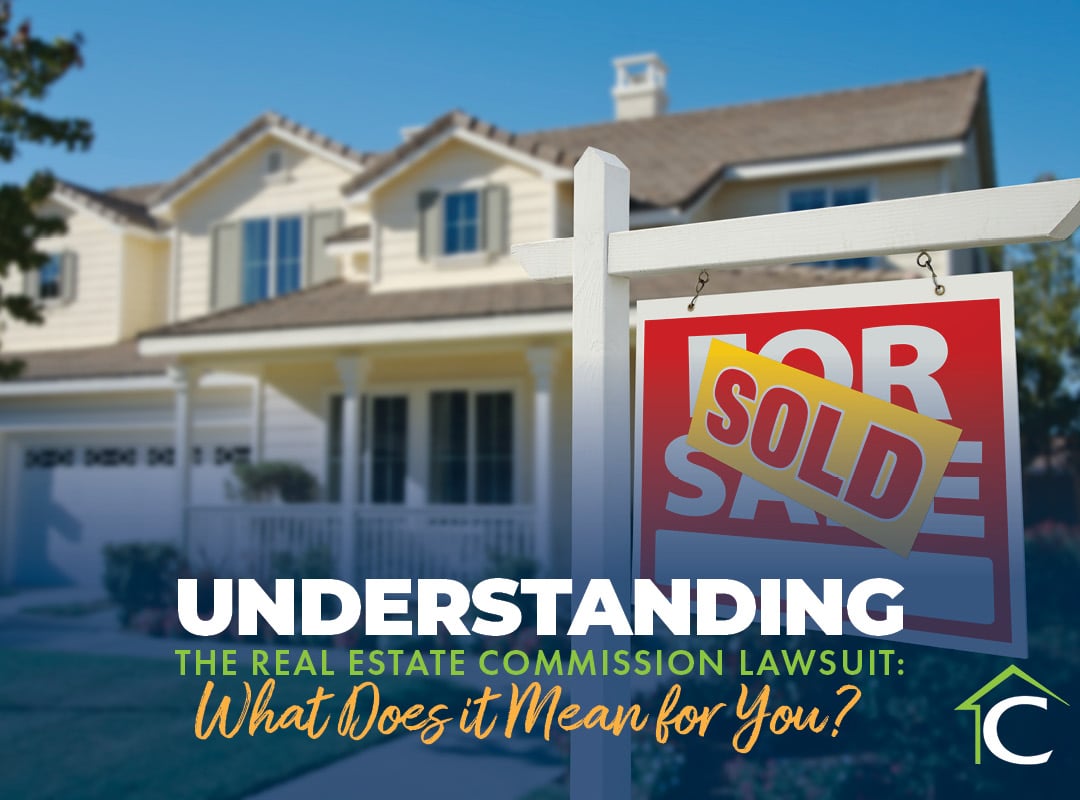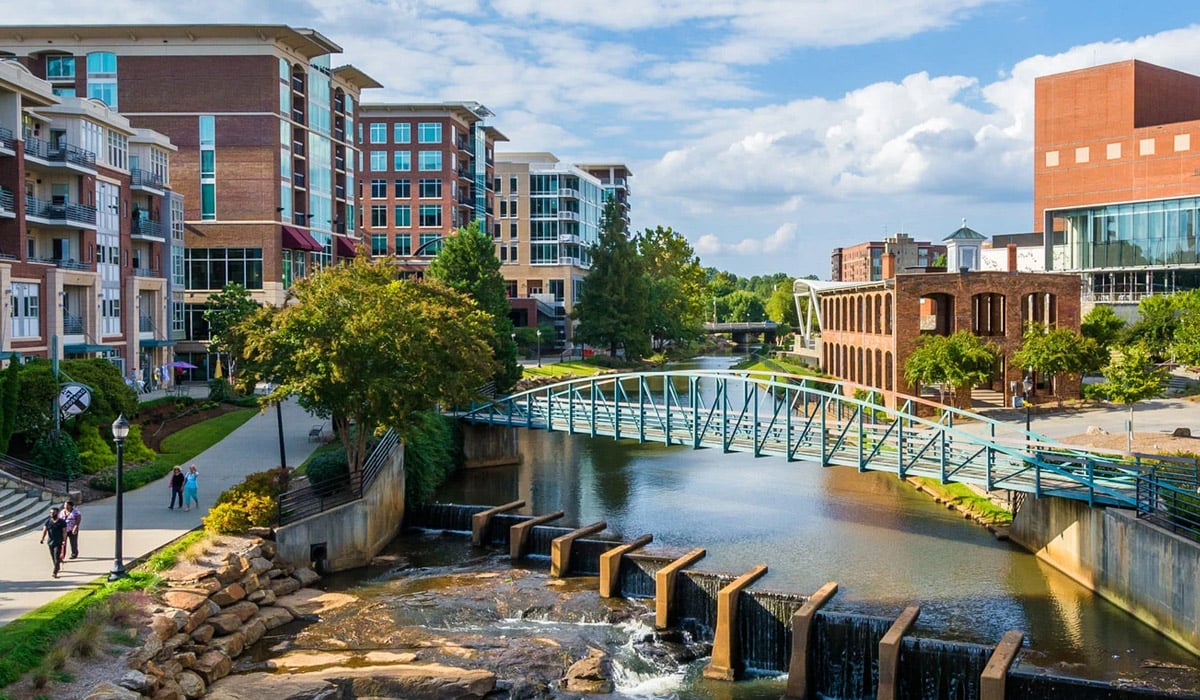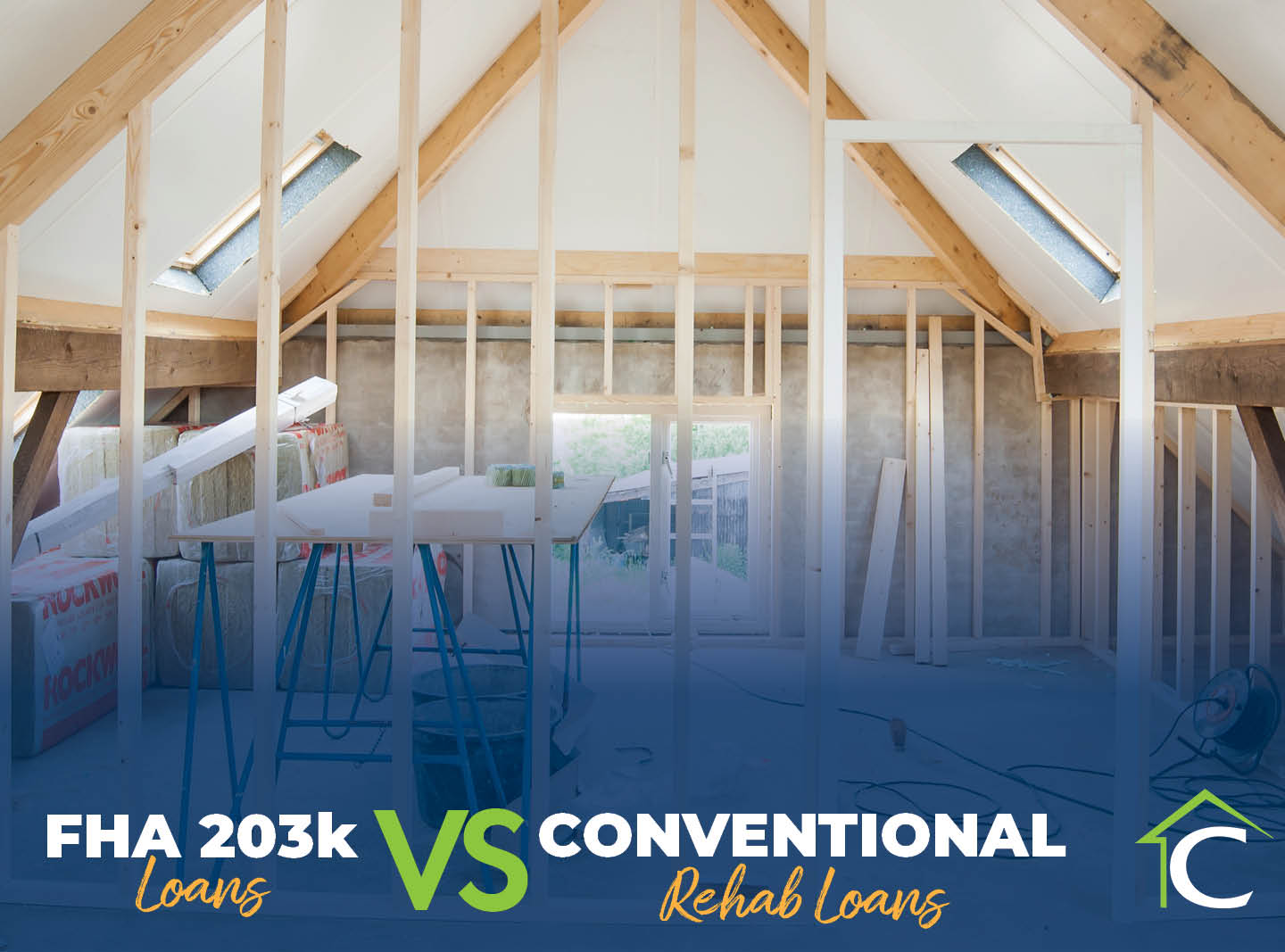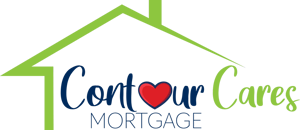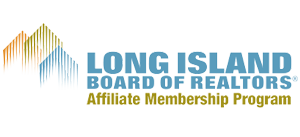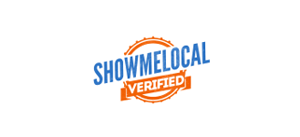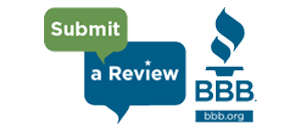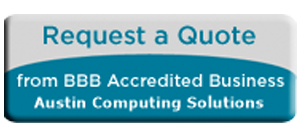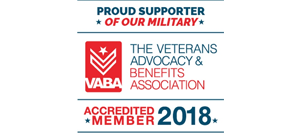Home ownership not only results in financial benefits as a great investment, but it’s also a rewarding source of personal fulfillment. There’s a certain pride people feel when they walk into their new home for the first time and they know it’s theirs.
However, buying a house is a massive expense. Just thinking about it can make someone’s wallet feel lighter, and his or her heart heavier. Not everyone is in the right financial shape to put down 20 or 30 percent of the total mortgage, as traditional lenders require, up front.
Fortunately, there are mortgage loan options with little, if any, down payment requirements. These include FHA and VA loans, as well as HomeReady (Fannie Mae), HomeOne and Home Possible Mortgages (Freddie Mac).
Let's take a closer look at each:
FHA Loans
FHA loans, guaranteed by the Federal Housing Administration, typically expect borrowers to pay only a minimum of 3.5 percent down, although other fees, such as closing costs, may also be required.
The qualifications for an FHA loan tend to be more flexible than a traditional loan, which makes it a great option for first-time home buyers, in particular. Still, there are certain stipulations borrowers must be aware of.
For example, paystubs, bank and quarterly statements, W2s, and divorce agreements (if applicable) are all documentation borrowers need to provide their mortgage loan originator. Details about any existing debt a borrower has is also important to have, as well as a recent credit report. While credit score doesn’t play as much of a role in the evaluation process as it would for another loan, it’s still factored in to assess if a borrower can pay back the loan.
VA Loans
Only people who’ve served or currently serve in the U.S. military and their family members—specifically spouses—may be able to obtain a VA loan. This type of mortgage loan, which is guaranteed by the U.S. Department of Veterans Affairs, doesn’t involve the borrower paying any down payment.
Similar to FHA loans, VA loans are more forgiving when it comes to an applicant’s income and credit score. However, to qualify, a potential borrower must submit this information, as well as the aforementioned documentation discussed. The government agency’s official website maps out other eligibility requirements in regards to an applicant’s time in the service.
HomeReady® Mortgage
The Federal National Mortgage Association, or simply Fannie Mae, offers home buyers the HomeReady® Mortgage, which was specifically developed for “low- to moderate-income borrowers.” Anyone who qualifies for a HomeReady® Mortgage may only need to pay as little as 3 percent down.
Plus, as Fannie Mae explains: “With HomeReady, cash for down-payment and closing costs can come from multiple sources, including gifts, grants, and Community Seconds ®—with no minimum personal funds required.”
Potential borrowers can be either a “first-time or repeat” homeowner, and are expected to have 620 credit score or lower. Anyone with a higher credit score, specifically 680-plus, could benefit even more from this type of loan, which is available for people looking to both purchase a new home or refinance their current one. Although there are some restrictions, once a borrower’s home equity reaches 20 percent, he or she may even be able to cancel his or her mortgage insurance, according to Fannie Mae.
HomeOneSM Mortgage
The Federal Home Loan Mortgage Corporation, also known as Freddie Mac, designed a home mortgage geared toward first-time home buyers—the HomeOneSM Mortgage.
As stated on Freddie Mac’s official website: “HomeOneSM mortgage is a low down payment option that serves the needs of more first-time homebuyers, along with no cash-out refinance borrowers.”
Similar to the HomeReady® Mortgage, the HomeOneSM Mortgage enables borrowers to pay as low 3 percent of their down payment. Both mortgages do not have geographic limits, either.
However, keep in mind that borrowers must purchase a single-family home to qualify. Condos and townhouses are acceptable, as well.
Home Possible® Mortgages
Freddie Mac also offers Home Possible® Mortgages—Home Possible® and Home Possible Advantage®. First-time home buyers are eligible, as well as low- and moderate-income borrowers. Both have a minimum 3-percent down payment and “flexible sources of funds” for the down payment.
There are some differences between these two mortgages, though. For instance, Freddie Mac explains that one-to-four unit properties, condos, planned unit developments (PUDs) and certain manufactured homes are all acceptable types of properties for borrowers interested in the Home Possible® mortgage. Those using the Home Possible Advantage® mortgage can only purchase a one-unit home, PUD or condo. Freddie Mac shares other stipulations via its official website.
Learn more about these loans from a reputable mortgage lender.
If you want to learn more about getting mortgages that require low to no down payments, contact a knowledgeable mortgage lending company that can answer questions.
When you get in touch with a mortgage lender, you can also find out if you could be pre-approved for a mortgage, which is the first step toward getting a loan. Certain factors, such as credit scores, existing debt and job history, play a role in getting pre-approved, so it’s important to have all the necessary documents and information that the process requires. Getting pre-approved sooner rather than later is the key. A reputable mortgage lender will properly guide you on the smart financial decisions you need to make to be granted pre-approval.
A mortgage lender can also help determine what you can really afford, and suggest different mortgage loan options that might be most beneficial for you.
Contour Mortgage has been helping borrowers become homeowners since 1993. Contact us today to learn more about these mortgage options.
